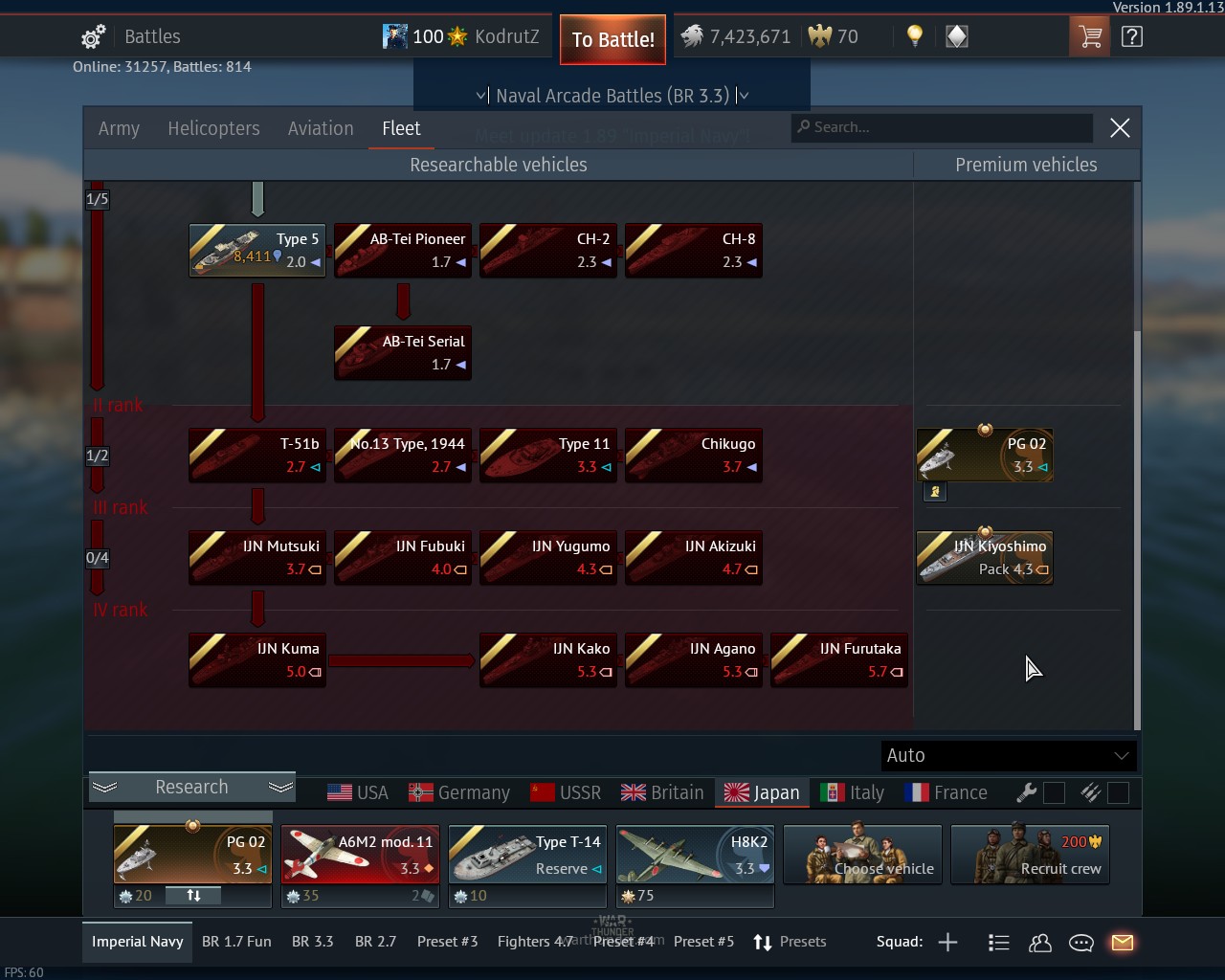

The Imperial Navy was the first to operate submarines successfully on a large scale in wartime, with 375 submarines commissioned by the end of the First World War, and it also operated zeppelins. The Navy also emerged from the fleet action of the Battle of Jutland having destroyed more ships than it lost, although the strategic value of both of these encounters was minimal. At the Battle of Coronel, it inflicted the first major defeat on the Royal Navy in over one hundred years, although the German squadron of ships was subsequently defeated at the Battle of the Falkland Islands, only one ship escaping destruction. The Imperial Navy achieved some important operational feats. All ships of the Imperial Navy bore the title SMS, for Seiner Majestät Schiff (His Majesty's Ship).Īchievements Dreadnoughts of the High Seas Fleet As part of the Armistice, the Imperial Navy's main ships were ordered to be turned over to the Allies but they were instead scuttled by their own crews. The submarine fleet was greatly expanded and threatened the British supply system during the U-boat campaign. The German surface navy proved ineffective during the First World War its only major engagement, the Battle of Jutland, was a draw, but it kept the surface fleet largely in port for the rest of the war. The result was a naval arms race with Britain, as the German navy grew to become one of the greatest maritime forces in the world, second only to the Royal Navy. The key leader was Admiral Alfred von Tirpitz, who greatly expanded the size and quality of the navy, while adopting the sea power theories of American strategist Alfred Thayer Mahan.

Kaiser Wilhelm II greatly expanded the navy. It grew out of the small Prussian Navy (from 1867 the North German Federal Navy), which was mainly for coast defence. The Imperial German Navy or the Imperial Navy (German: Kaiserliche Marine) was the navy of the German Empire, which existed between 18.


 0 kommentar(er)
0 kommentar(er)
